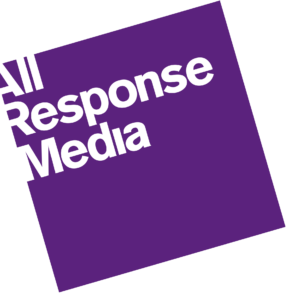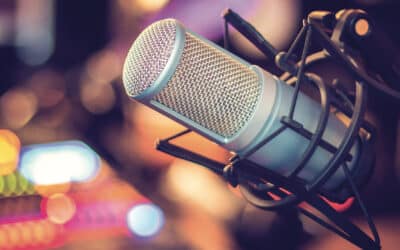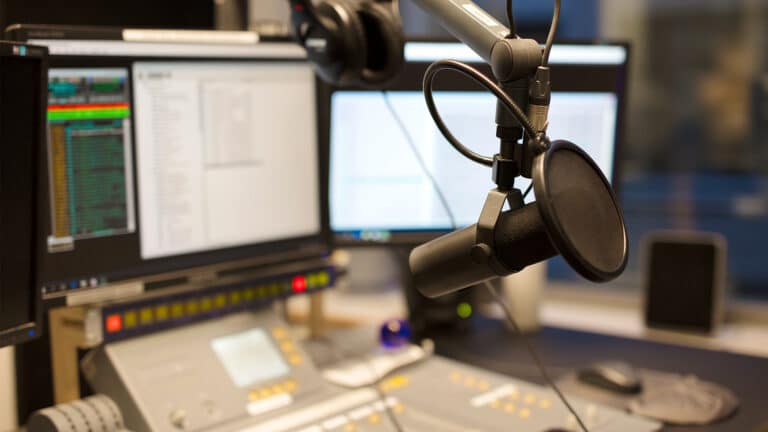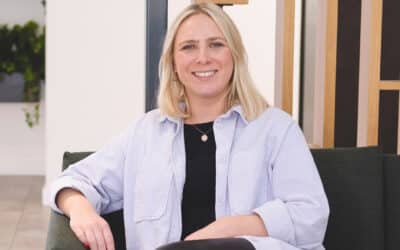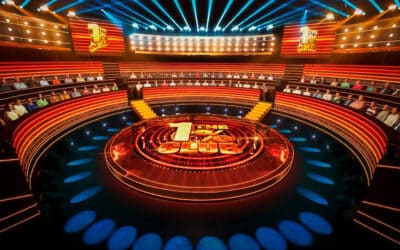This morning every radio station across the UK has received its latest RAJAR report, which will show their listening figures, audience share and how these compare historically and to their competitors.
This isn’t just a case of egos and one-upmanship, it can have a huge impact on a commercial station’s bottom line. A upward or downward trend in listening figures will dictate budgets and whether a brand will choose a particularly station, or group for their next ad campaign.
With consolidation across the sector, that’s potentially a big deal. It comes as listeners spent more time listening to commercial radio over BBC for the first time in Q2 for more than twenty years.
Industry experts, Gemma Lee from dentsu UK&I and Zaira Cross (pictured) from All Response Media explained why radio remains a critical medium, but also some of the advertising challenges for linear radio.

“To see increased RAJAR across a new or growing station is a key indicator of a station’s value to advertisers. In terms of media planning, it is important in looking at overall trends in terms of radio listening figures and the more micro view of station variance – but the more important currency for planners would be to look at things like Touchpoints and TGI surveys to see how radio consumption (in terms of reach and time spent) varies to TV, print, online, digital listening and other forms of media.”
Gemma Lee, Partner AV Delivery, dentsu UK&I agreed:
“RAJAR numbers are a great indication of how well stations are performing, however, planners should look at station selection based on the target audiences and how efficient they are. It doesn’t necessarily matter if a station is number one or not, what matters is how it performs with other media, shared listening and overall coverage on reach percentage.”
Radio may not have the “wow” of television and online, but it has a massive reach and it has been growing. 88% of the adult (15+) population tune into the radio ever week, that’s 49m people. The total average number of weekly hours listened to for the last quarter was 998m. On average a single listener tunes into 20.4 hours of live radio a week.
Almost half of those hours (49%) were on commercial radio – that figure is increasing each quarter.
“Radio is, and absolutely should, be important to advertisers,” explained Lee.
“It’s a unique medium due to the personal relationship it has with its listeners. People will often watch something on screen that someone else wants to watch but their level of interest may be lower. Radio however is more personal and therefore the listener is likely to be more engaged with something they have chosen and are familiar with.
“Given the inflation TV is seeing, radio is great cost effective way of generating mass reach and top that with partnerships then it’s something you struggle to beat with other media.”
All Response Media’s Cross added that the speed of radio campaigns also played a factor:
“Radio continues to be an important part of our media armoury – offering cost efficiency and scale, or the ability to be targeted by demographic or geography where needed.
“As a heavily trusted medium (and the opportunity for a more “local” voice), radio can be a great way to grow incremental reach, especially with light TV viewers. Radio is pretty nimble in terms of turnaround times (versus TV), meaning we can be more reactive on booking in the media.”
The other advantage of radio, according to Cross is who the audience is:
“Although deemed a more ‘traditional’ channel, we would never dismiss radio in favour of more ‘fashionable’ platforms- especially where there’s an opportunity to target older, more affluent audiences who may not be heavier digital media consumers.”
Radio reporting needs to change
dentsu UK&I’s Gemma Lee said one key challenge facing radio was the delay in reporting.
“I think the industry as a whole needs to look at how the performance of linear and digital can work in the live moment, for example we can track how well certain spots perform in TV and this information is available almost instantly but for linear radio we have to wait two weeks for a post campaign analysis.
“This is the challenge for the industry and something that collectively needs addressing.”
Digital and Smart Speakers
Bauer has this morning reported that 75% of its listeners use digital, while the industry average is 68%. In total 41m adults use digital platforms (73% of the population), 32% use mobiles/tablets and 16% are using Smart Speakers.
All Response Media’s Zaira Cross said this growth had worked to “re-engage listeners” as well as “providing more touchpoints for (particularly younger audiences) to engage with radio.”
“The bread and butter of radio is linear radio,” added dentsu UK&I’s Lee.
“While we are seeing increases in listeners consuming radio on smart speakers, DAB , Via the web and apps etc to the listener they are just listening to the radio. It’s just instead of fiddling with a box to get a signal they are asking Alexa etc. Personally, I’m a big fan of listening to the radio and I listen to Radio X via my Alexa – the only difference to me is the ease of getting to my preferred channel and if I feel like a change it’s a much simpler process.”
“Radio should be a constant consideration, it’s moved with the times and will continue to do so. I remember when the iPod launched and it was going to ‘be the death of radio’- we all know it wasn’t.
“The familiarity of radio is what people love, the breakfast show, feeling like you’re hanging around with your mates etc – I believe how it’s consumed is irrelevant for the listener. For advertisers however digital audio’s audiences are more trackable and so it shouldn’t be the way listeners consume radio that makes them consider it but the consistent number of listeners and the wonderful things that can be done with radio creatively.”
You can read the reaction from the radio stations here.

